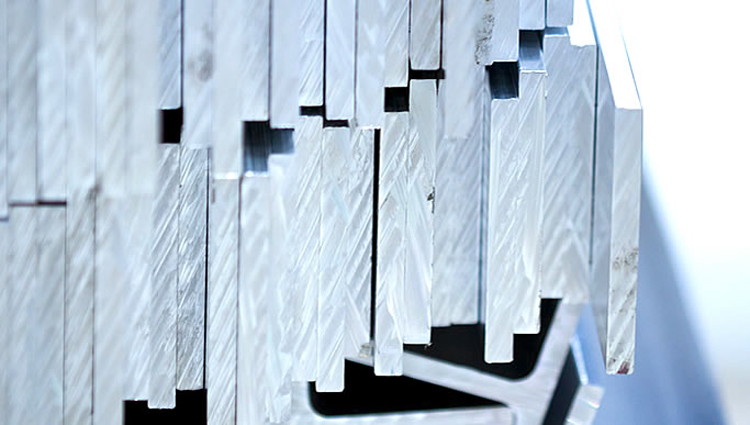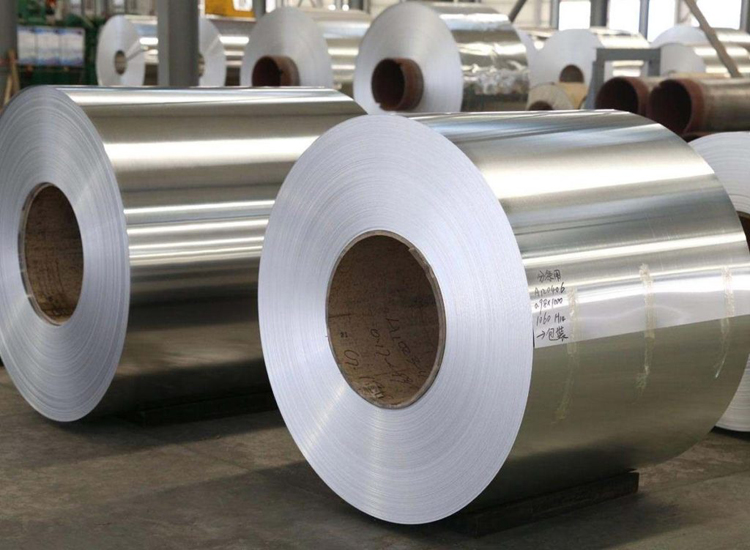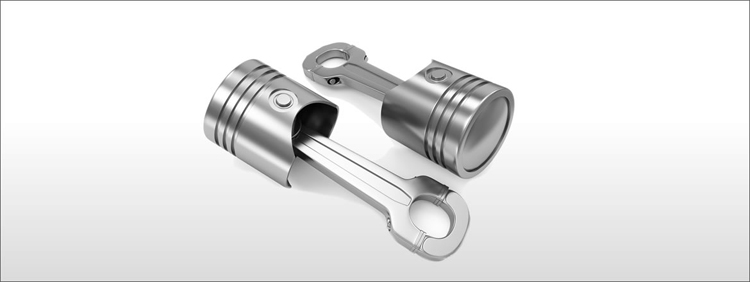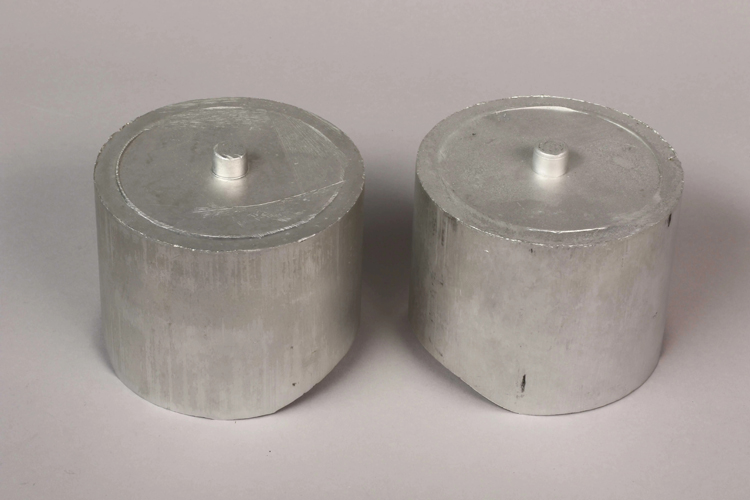What is the difference between 201 stainless steel and 304 stainless steel?
 What is the difference between 201 st...
What is the difference between 201 st...Aluminum alloys contain various elements, and the content of various elements will lead to different properties of aluminum alloys.

The copper content in the aluminum alloy is usually 2.5%~ 5%, and the strengthening effect is the best when the copper content is 4%~6.8%, so the copper content of most hard aluminum alloys is in this range.

When the aluminum-rich part of the aluminum-copper alloy is 548, the maximum solubility of copper in aluminum is 5.65%, and when the temperature drops to 302, the solubility of copper is 0.45%. Copper is an important alloying element (aluminum alloy element analysis), which has a certain solid solution strengthening effect. In addition, the CuAl2 precipitated by aging has an obvious aging strengthening effect. The copper content in the aluminum alloy is usually 2.5%~ 5%, and the strengthening effect is the best when the copper content is 4%~6.8%, so the copper content of most hard aluminum alloys is in this range.
Aluminum-copper alloys may contain less elements such as silicon, magnesium, manganese, chromium, zinc, and iron.

At the eutectic temperature of 577°C in the aluminum-rich part of the Al—Si alloy system, the maximum solubility of silicon in the solid solution is 1.65%. Although solubility decreases with decreasing temperature, these alloys are generally not heat-treatable. Aluminum-silicon alloys have excellent casting properties and corrosion resistance.
If magnesium and silicon are added to aluminum at the same time to form an aluminum-magnesium-silicon alloy, the strengthening phase is MgSi. The mass ratio of magnesium to silicon is 1.73:1. When designing the Al-Mg-Si alloy composition, the content of magnesium and silicon should be arranged in this proportion on the matrix. In some Al-Mg-Si alloys, in order to improve the strength, an appropriate amount of copper is added, and an appropriate amount of chromium is added to offset the adverse effect of copper on corrosion resistance.

Al-Mg2Si alloy system alloy equilibrium phase diagram The maximum solubility of Mg2Si in aluminum is 1.85% in the aluminum-rich part, and the deceleration decreases with the decrease of temperature.
In deformed aluminum alloys, the addition of silicon to aluminum alone is limited to welding materials, and the addition of silicon to aluminum also has a certain strengthening effect.

The Al-rich part of the equilibrium phase diagram of the Al-Mg alloy system Although the solubility curve shows that the solubility of magnesium in aluminum decreases greatly with the decrease of temperature, in most industrial wrought aluminum alloys, the content of magnesium is less than 6%. And the silicon content is also low, this kind of alloy cannot be strengthened by heat treatment, but it has good weldability, good corrosion resistance, and has a medium-strength aluminum alloy elemental analysis.
The strengthening of magnesium to aluminum is obvious. For every 1% increase of magnesium, the tensile strength increases by about 34MPa. If less than 1% manganese is added, the strengthening effect may be supplemented. Therefore, adding manganese can reduce the magnesium content and reduce the tendency of hot cracking. In addition, manganese can make the Mg5Al8 compound uniformly precipitate, and improve the corrosion resistance and welding performance.

At the eutectic temperature of 658, the maximum solubility of manganese in solid solution is 1.82%. The strength of the alloy increases continuously with the increase of solubility, and the elongation reaches the maximum value when the manganese content is 0.8%. Al-Mn alloys are non-age hardening alloys, that is, they cannot be heat treated to strengthen.

Al-Zn alloy system equilibrium phase diagram when the aluminum-rich part is 275, the solubility of zinc in aluminum is 31.6%, while at 125, its solubility drops to 5.6%.
When zinc is added to aluminum alone, the improvement of the strength of the aluminum alloy under deformation conditions is very limited, and there is a tendency of stress corrosion cracking and stress corrosion cracking, thus limiting its application.

Adding zinc and magnesium to aluminum at the same time forms a strengthening phase Mg/Zn2, which has a significant strengthening effect on the alloy. When the Mg/Zn2 content is increased from 0.5% to 12%, the tensile strength and yield strength can be significantly increased. When the content of magnesium exceeds the superhard aluminum alloy required to form the Mg/Zn2 phase, when the ratio of zinc and magnesium is controlled at about 2.7, the stress corrosion cracking resistance is the largest.
 What is the difference between 201 st...
What is the difference between 201 st... Why is 316 stainless steel better tha...
Why is 316 stainless steel better tha... 400 series stainless steel science
40...
400 series stainless steel science
40... How to distinguish the processing tec...
How to distinguish the processing tec... Non-standard design materials of bras...
Non-standard design materials of bras... What type of titanium alloy does Tc4 ...
What type of titanium alloy does Tc4 ...